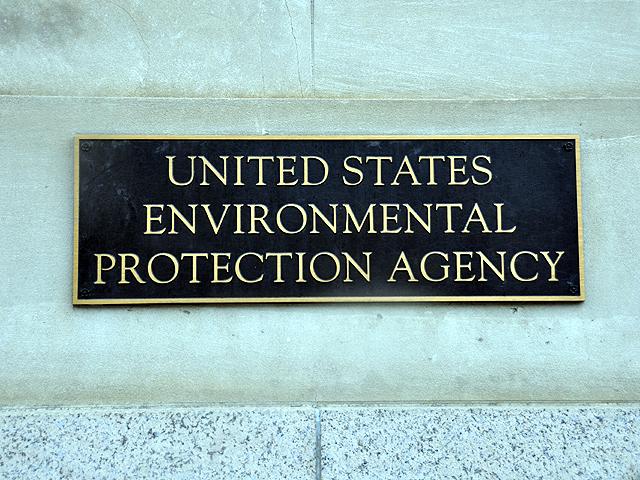Paraquat Decision Drops
EPA Finalizes Paraquat Registration, OKs Aerial Applications for Now
KANSAS CITY, Mo. (DTN) -- EPA finalized its interim registration decision for paraquat on Aug. 1, reversing its proposal last year to ban most aerial applications.
Instead, the agency will permit aerial applications of the Group 22 herbicide in crops, with expanded buffer requirements and acreage limits designed to protect applicators. Aerial use of paraquat is most common in cotton, where it is used as a plant desiccant to prepare for harvest.
Though finalized, EPA's conclusion here remains an "interim" registration decision. The agency will not have a complete registration decision for paraquat until it conducts its endangered species assessment and an endocrine screening for the chemical.
The agency first put out a draft interim decision for paraquat back in October 2020, wherein it proposed banning all aerial applications except for cotton desiccation, in addition to banning handgun and backpack sprayer application methods. See more on that draft decision here: https://www.dtnpf.com/…. In its new decision, the EPA noted that, outside cotton desiccation, "aerial application of paraquat is likely minimal or sporadic."
Some of the changes EPA made between that draft and the new finalized decision are the result of new data from a consortium of chemical companies called the Agricultural Handler Exposure Task Force. (See more here: https://www.epa.gov/….)
Ultimately, the finalized decision has these changes:
-- Aerial applications are permitted but limited to a maximum of 350 acres per applicator within a 24-hour period for all uses except cotton desiccation, where no acreage limitations will be required.
P[L1] D[0x0] M[300x250] OOP[F] ADUNIT[] T[]
-- A 50- to 75-foot residential buffer requirement now applies to all aerial uses of paraquat.
-- The use of human flaggers during paraquat applications is prohibited.
-- Enclosed cabs are required for applications made to more than 80 acres in a 24-hour period, to limit inhalation risks.
-- For smaller applications to 80 acres or fewer in a 24-hour-period, PF10 respirators can be used, or enclosed cabs.
-- Applications with mechanically pressurized handguns and backpack sprayers are prohibited.
-- Applicators must follow a 48-hour restricted entry interval for all crop uses except for cotton desiccation, which requires a seven-day restricted entry interval.
-- Labels will include new language designed to limit spray drift, as well as new units of measurement.
To see the full decision, visit the EPA docket here: https://www.regulations.gov/….
Use of paraquat, which is sold under brand names such as Gramaxone, Firestorm and Parazone, has increased steadily in the U.S. in the past decade, in response to the development of herbicide-resistant weeds. Applications rose from under 5 million pounds a year before 2013 to as high as 12 million pounds per year in 2017. Based on survey data from a research company called Kynetec USA, the highest use by acreage is in soybeans, cotton and corn, but producers also lean heavily on paraquat in grapes, pistachios and peanuts.
However, the chemical has also been the target of lawsuits and controversy, given its high toxicity, its role in poisoning accidents and research suggesting it might be linked to Parkinson's disease. Most recently, paraquat registrant Syngenta and a past manufacturer of the chemical, Chevron USA, are facing class-action lawsuits alleging that its use has caused Parkinson's disease in farmers. See more here: https://www.dtnpf.com/….
The herbicide is undergoing EPA's routine 15-year re-registration review, which the agency began back in 2012. In 2016, the agency instituted new rules on labeling, packaging and handling requirements aimed at reducing accidental poisonings. See more here: https://www.epa.gov/….
Environmental groups reacted with concern to EPA's finalized interim decision permitting aerial applications.
"It's extremely disappointing that the Biden EPA is reapproving this dangerous pesticide, which is outlawed across a lot of the world," Nathan Donley, environmental health science director at the Center for Biological Diversity, said in a news release. "Instead of banning a weed-killer linked to Parkinson's disease in farmworkers, reproductive harm in small mammals and increased death rates for birds, this administration is bowing to the wishes of the chemical industry and allowing it to be sprayed on crops from the air."
Emily Unglesbee can be reached at Emily.unglesbee@dtn.com
Follow her on Twitter @Emily_Unglesbee
(c) Copyright 2021 DTN, LLC. All rights reserved.






